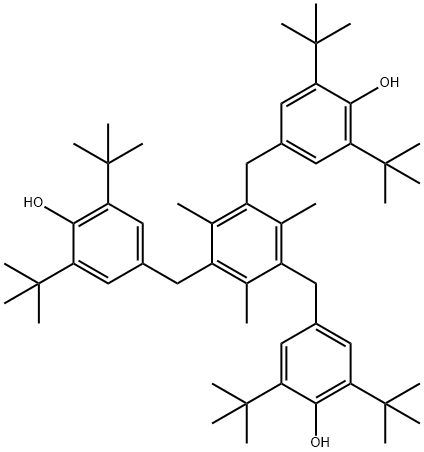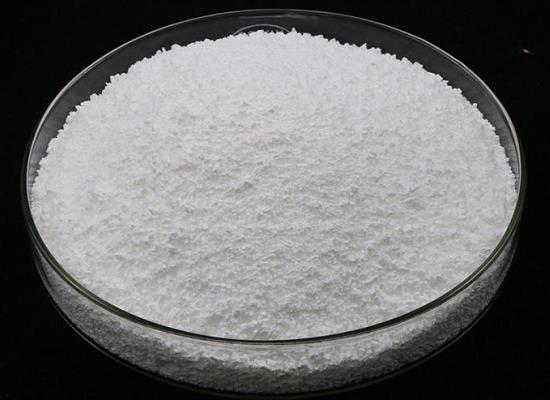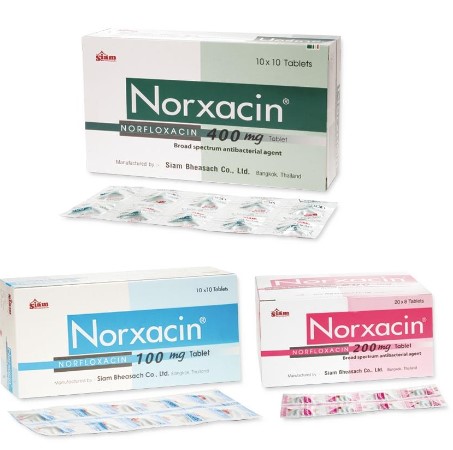Antioxidant 1330: properties, applications in the field of materials and safety
General Description
Antioxidant 1330 is a white crystalline powder with excellent stability and thermal resistance. It is insoluble in water but can dissolve in solvents such as benzene. The substance has low toxicity and is compatible with various materials. It finds extensive application in the field of materials, particularly in thermoplastic polyesters, elastomers, and styrene resins. By incorporating Antioxidant 1330, manufacturers can enhance the resistance of their products to degradation caused by heat and oxidative stress. However, safety precautions should be taken when handling the substance, as it may cause irritation to the skin, eyes, and respiratory system. It is important to follow proper handling and storage procedures to protect human health and the environment.

Figure 1. Antioxidant 1330
Properties
Antioxidant 1330 is a white crystalline powder with a melting point above 240°C. It is virtually insoluble in water but can dissolve in solvents such as benzene and has slight solubility in alcohol. The substance is non-toxic. With a melting point ranging from 248 to 250°C, Antioxidant 1330 demonstrates excellent stability under high-temperature conditions. Its estimated boiling point of around 739.54°C suggests that it possesses remarkable thermal stability and negligible volatility. The substance has a rough estimated density of 0.8883, which aids in determining appropriate dosages or concentrations for specific applications. Antioxidant 1330 further exhibits an estimated refractive index of 1.5800, indicating favorable optical behavior and compatibility with other substances. Its flash point stands at 321°C, showcasing exceptional resistance to ignition and flammability. While being sparingly soluble in chloroform and methanol, Antioxidant 1330's solubility can be enhanced through heating or ultrasonic treatment. Additionally, it boasts properties such as high-temperature stability, heat resistance, non-contamination, color non-alteration, low toxicity, good compatibility with resins, resistance to extraction, high antioxidative efficiency, and excellent electrical insulation. In summary, Antioxidant 1330 possesses a variety of desirable characteristics, including its solid state at room temperature, high thermal stability, low toxicity, and compatibility with various solvents and resins. 1
Applications in the field of materials
Antioxidant 1330 is a high molecular weight hindered phenolic antioxidant that finds extensive application in the field of materials. It is particularly suitable for use in thermoplastic polyesters such as polyolefins, PET, and PBT, polyamides, styrene resins, as well as elastomeric materials like polyurethane and natural rubber. In the realm of processing, Antioxidant 1330 proves to be highly advantageous. It is especially effective in high-temperature processing of polyolefins such as PP and PE. This makes it an ideal choice for various products including pipes, injection-molded goods, and wire and cable applications. By incorporating Antioxidant 1330 into these materials, manufacturers can significantly enhance their resistance to degradation caused by heat, oxidative stress, and other environmental factors. The utilization of Antioxidant 1330 brings numerous benefits. It helps in preserving the physical and mechanical properties of the materials, as well as extending their service life. The antioxidant properties of Antioxidant 1330 effectively prevent oxidative degradation, thereby maintaining the integrity and functionality of the materials even under harsh conditions. Overall, Antioxidant 1330 is widely employed in the materials industry due to its high molecular weight hindered phenolic structure, providing excellent protection against degradation in various thermoplastic polyesters, styrene resins, elastomers, and polyolefins used in the manufacturing of pipes, injection-molded goods, wire and cables, and other processed products. 2
Safety
Antioxidant 1330 is a chemical substance that is commonly used as an additive in various industrial applications, such as plastics and rubber production. Safety precautions must be taken when handling this substance due to its potential hazard to human health. The substance may cause skin, eye, and respiratory irritation upon contact or inhalation. Therefore, it is important to avoid contact with skin and eyes, as well as to use respiratory protection when handling the substance. If contact occurs, one should rinse thoroughly with water for several minutes and seek medical attention if necessary. In addition, appropriate engineering controls and good industrial hygiene practices are recommended when handling Antioxidant 1330. It is important to store the substance in a cool and dry place, tightly closed in a suitable container, and to avoid letting the product enter drains to protect the environment. 3
Reference
1. PubChem. Compound Summary: 1,3,5-Trimethyl-2,4,6-tris(3,5-di-tert-butyl-4-hydroxybenzyl)benzene. 2005, National Library of Medicine, CID: 74370.
2. Dreassi E, Bonifacio M, Corti P. Evaluation of release of antioxidant from high density polyethylene by planar chromatography. Food Addit Contam. 1998 May-Jun;15(4):466-472
3. Chemical Safety Data Sheet: Antioxidant 1330. 2023, Chemicalbook, CBnumber: CB8234041.
);You may like
Related articles And Qustion
See also
Lastest Price from Antioxidant 1330 manufacturers
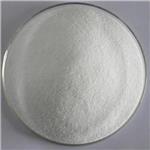
US $30.00/kg2024-04-30
- CAS:
- 1709-70-2
- Min. Order:
- 1kg
- Purity:
- 99%
- Supply Ability:
- 1000
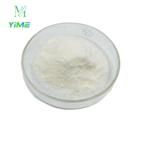
US $10.00/kg2024-04-28
- CAS:
- 1709-70-2
- Min. Order:
- 1kg
- Purity:
- 99.9
- Supply Ability:
- 20 tons
